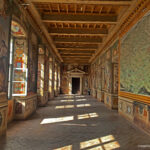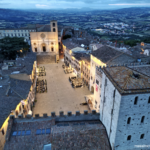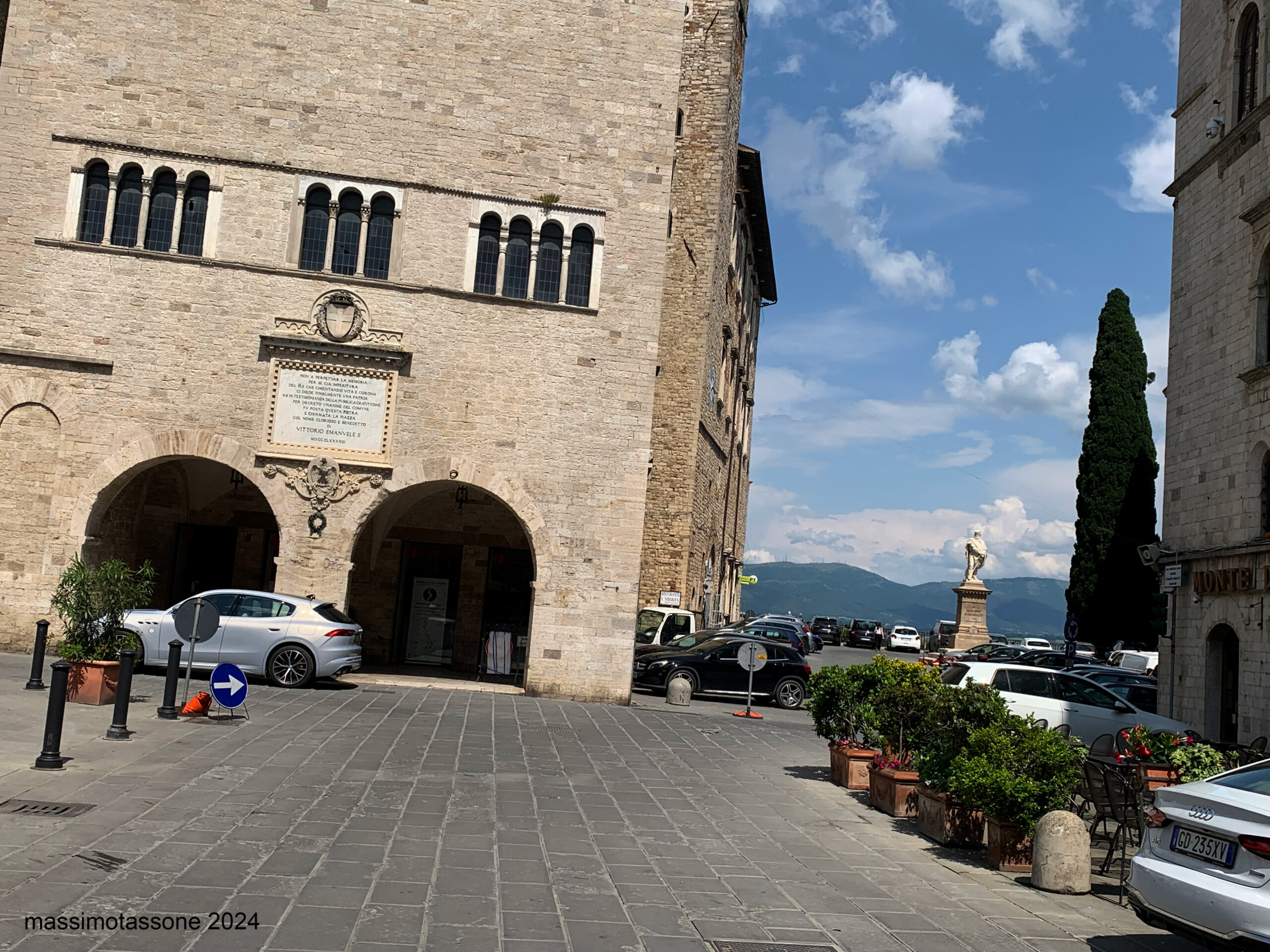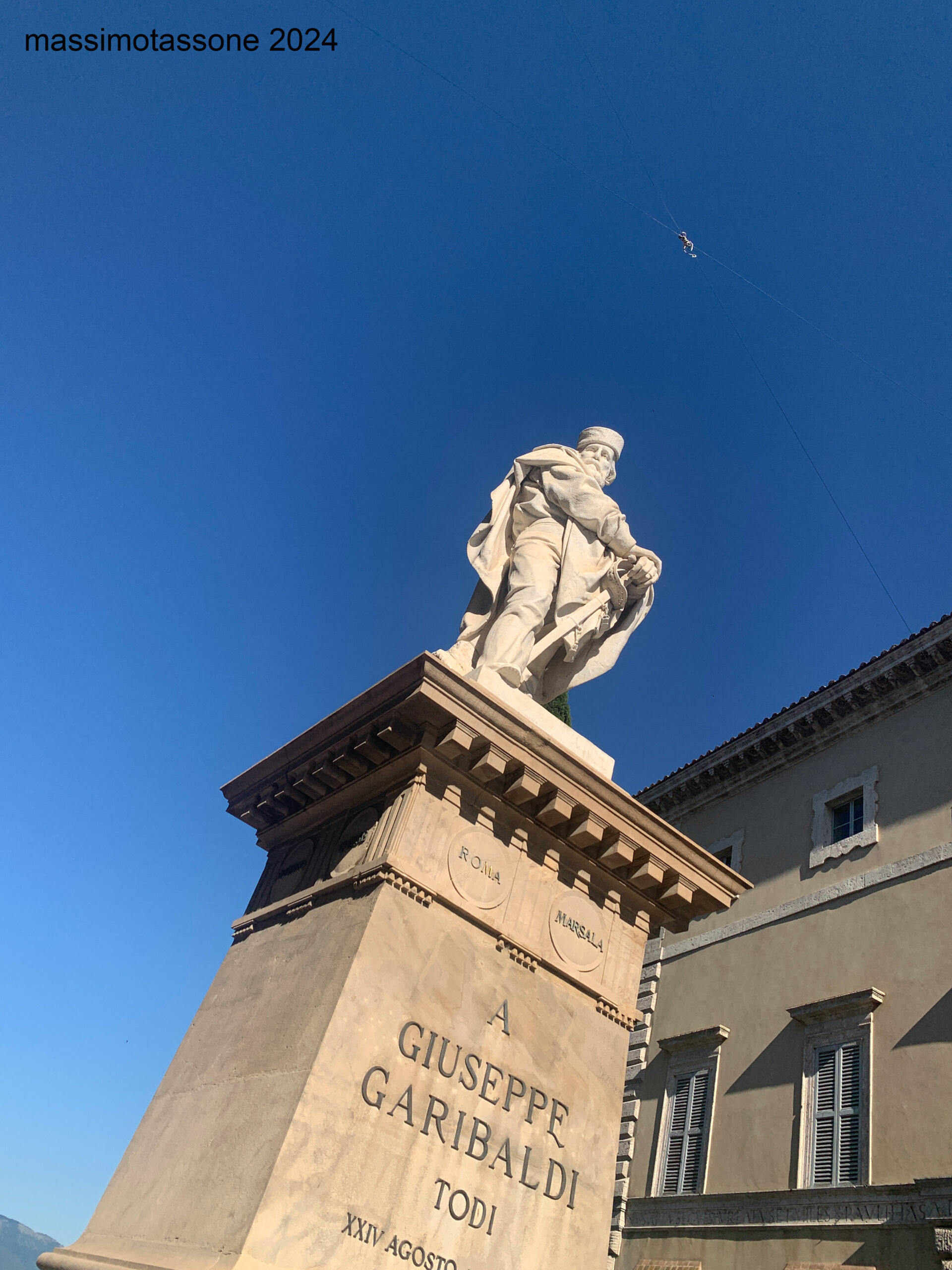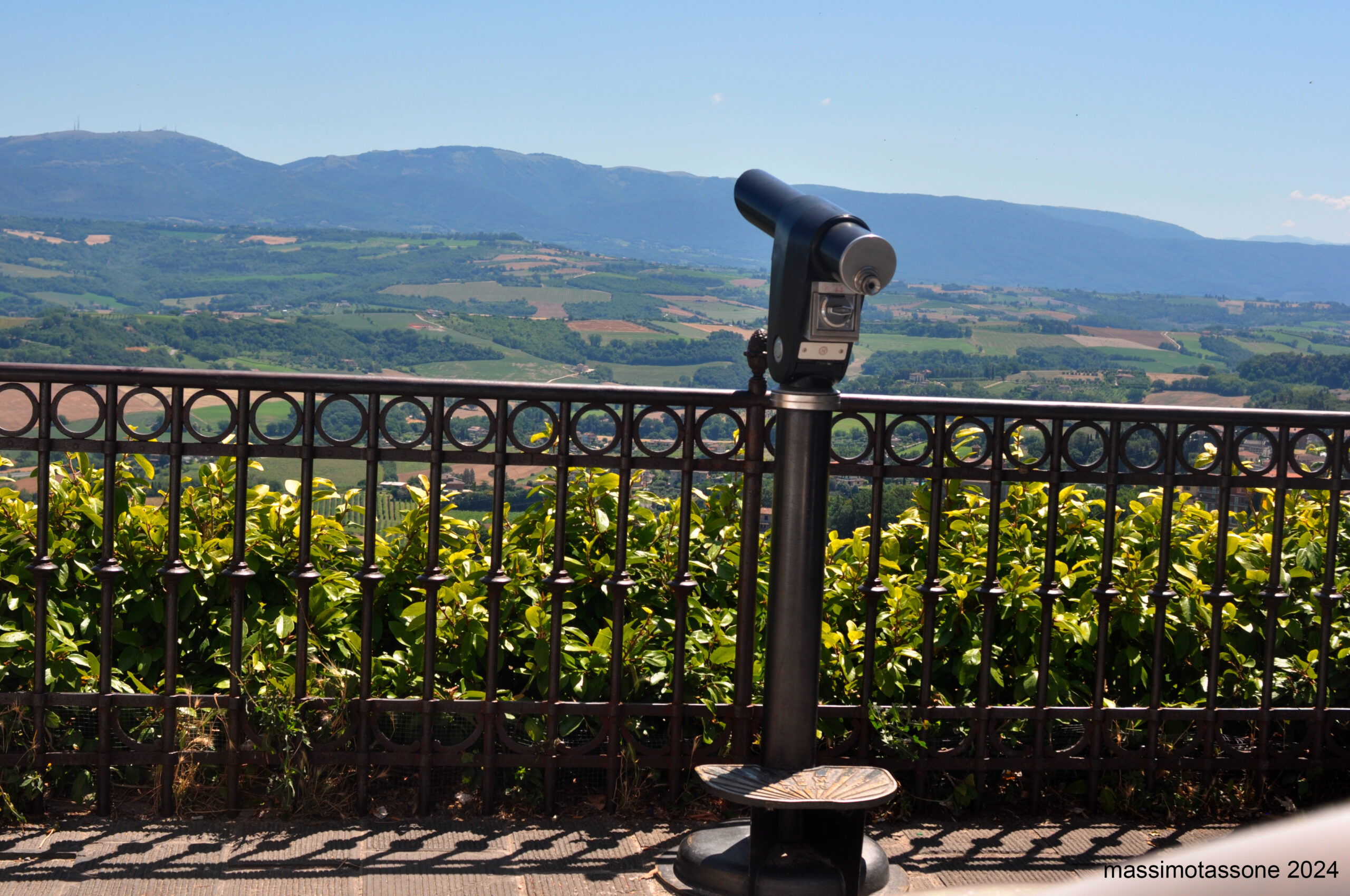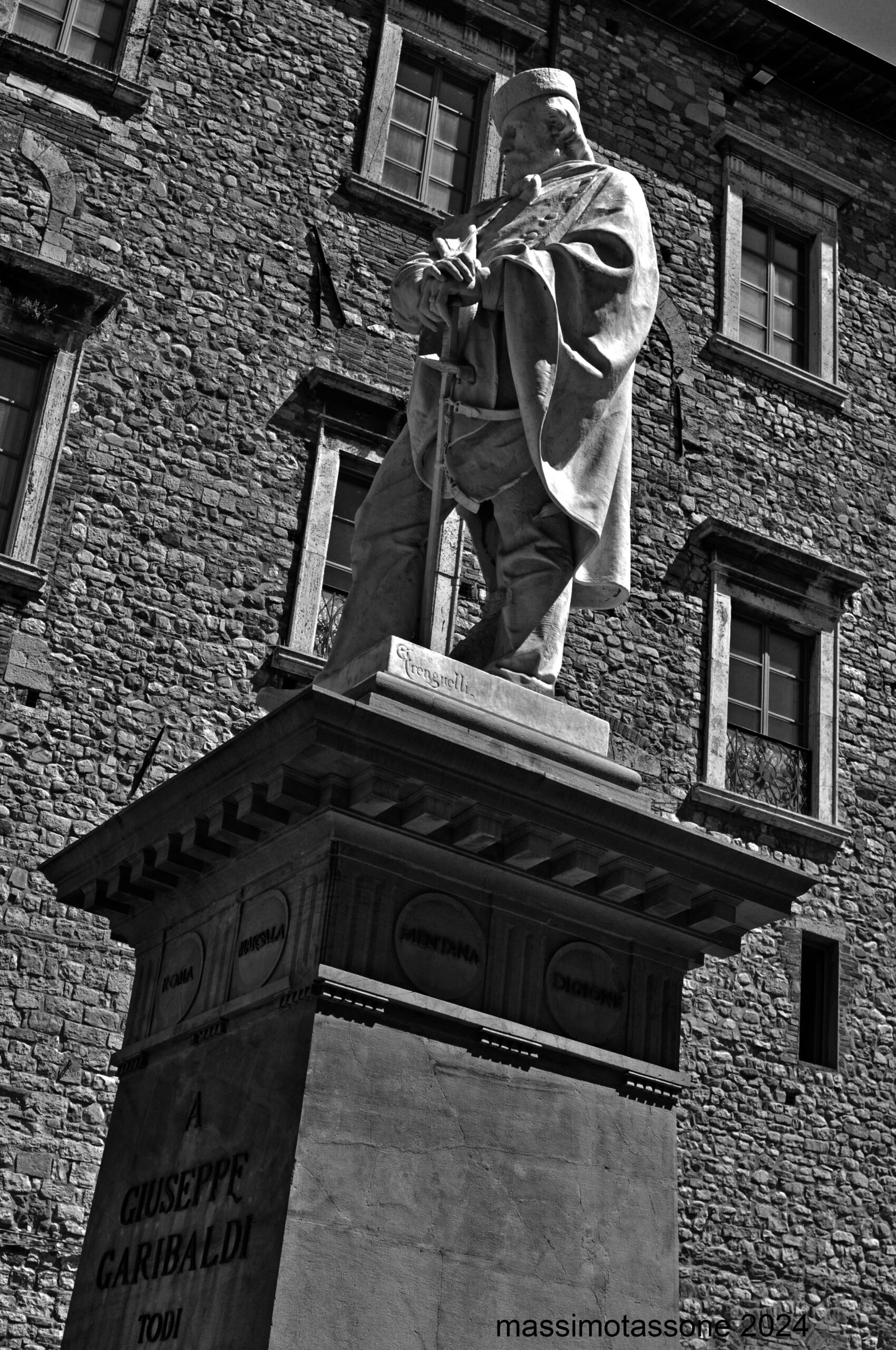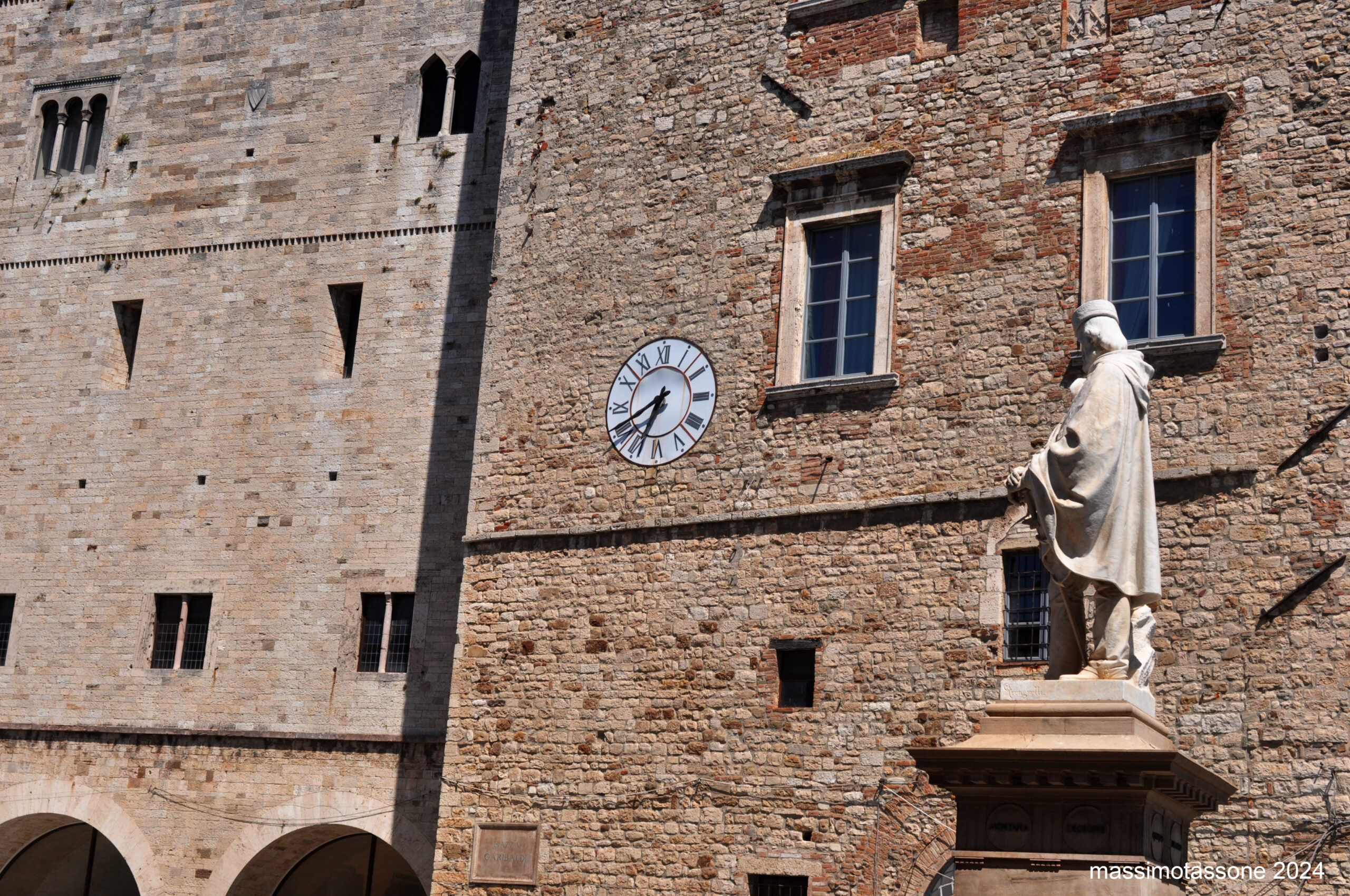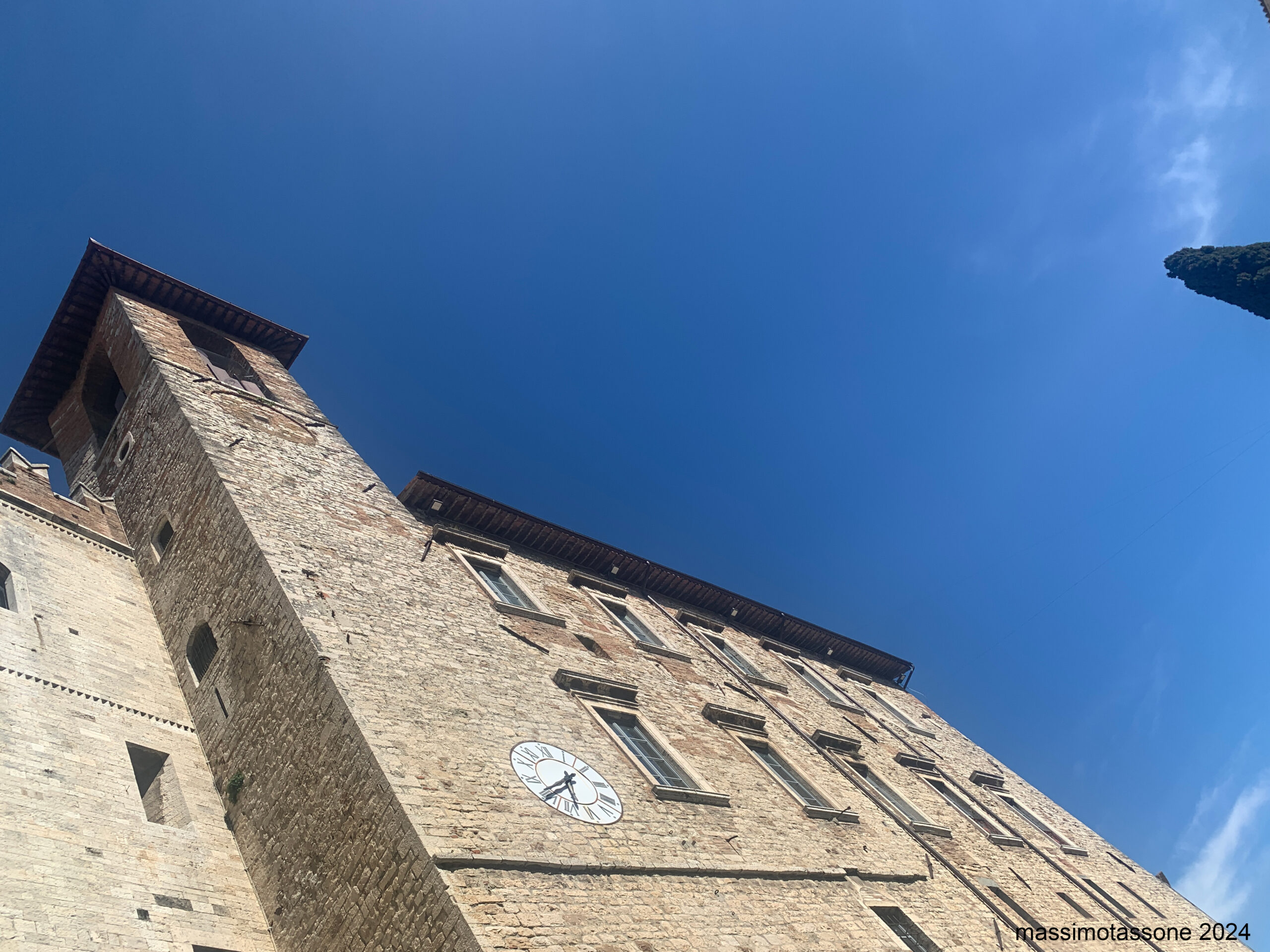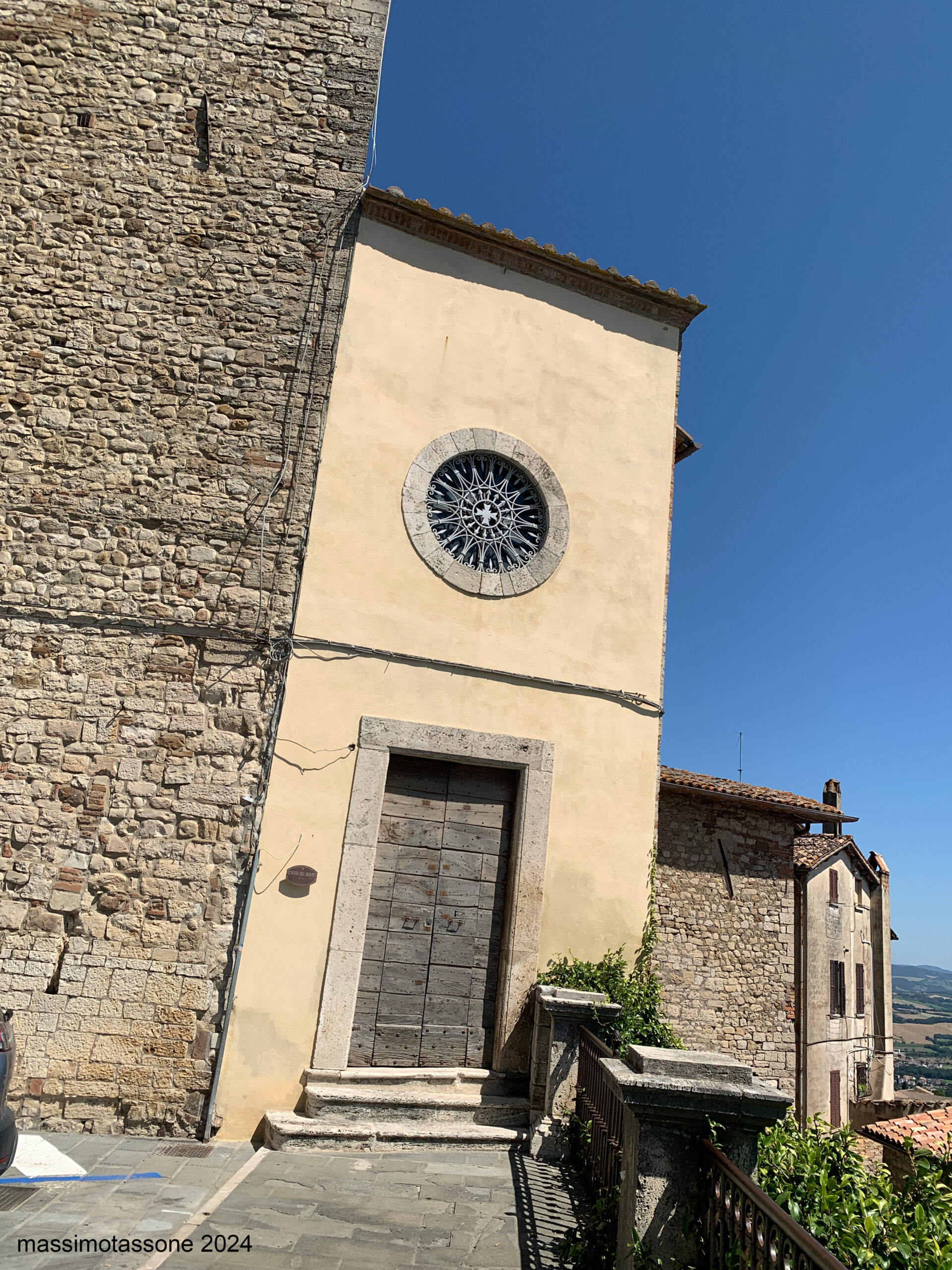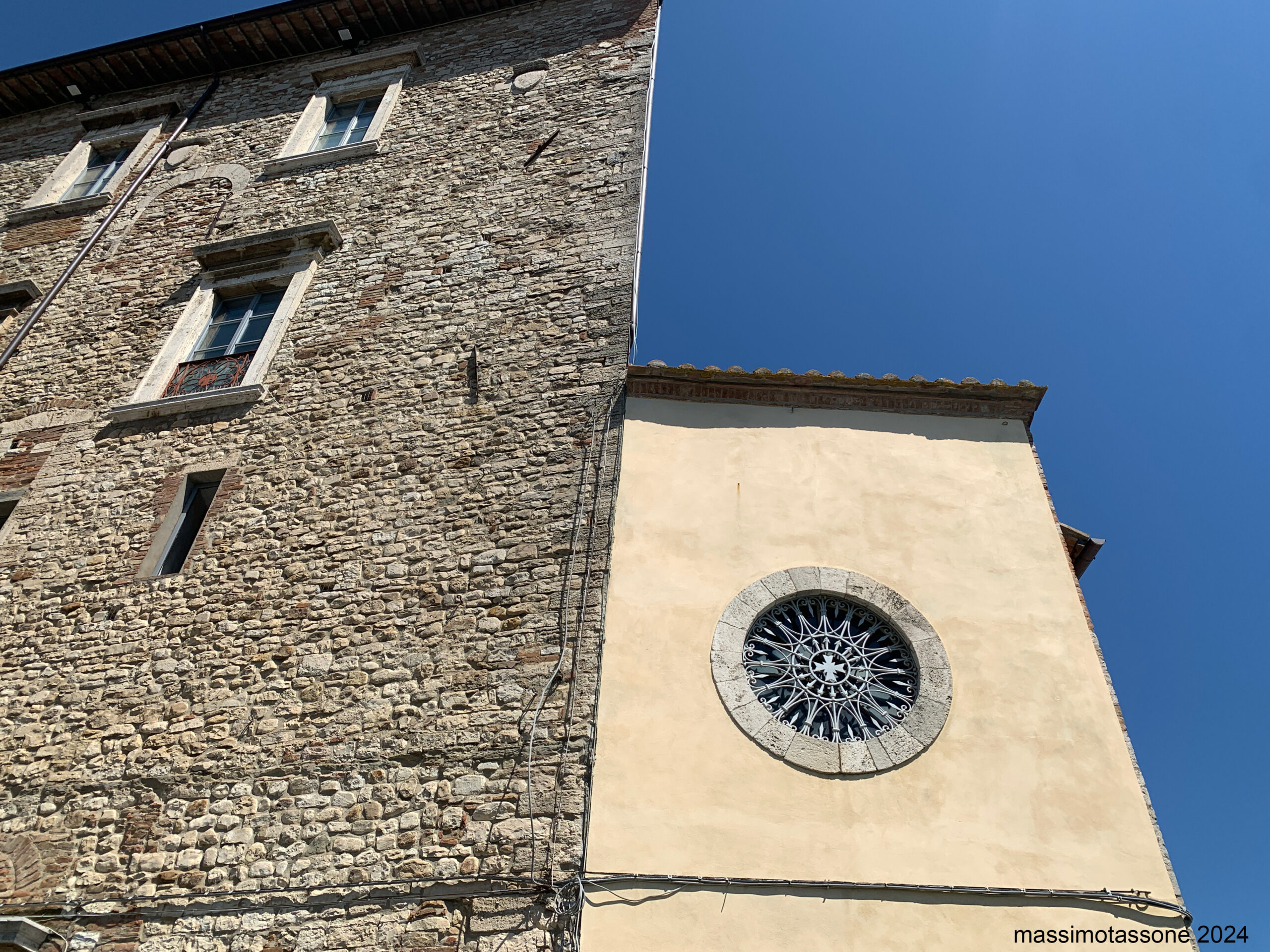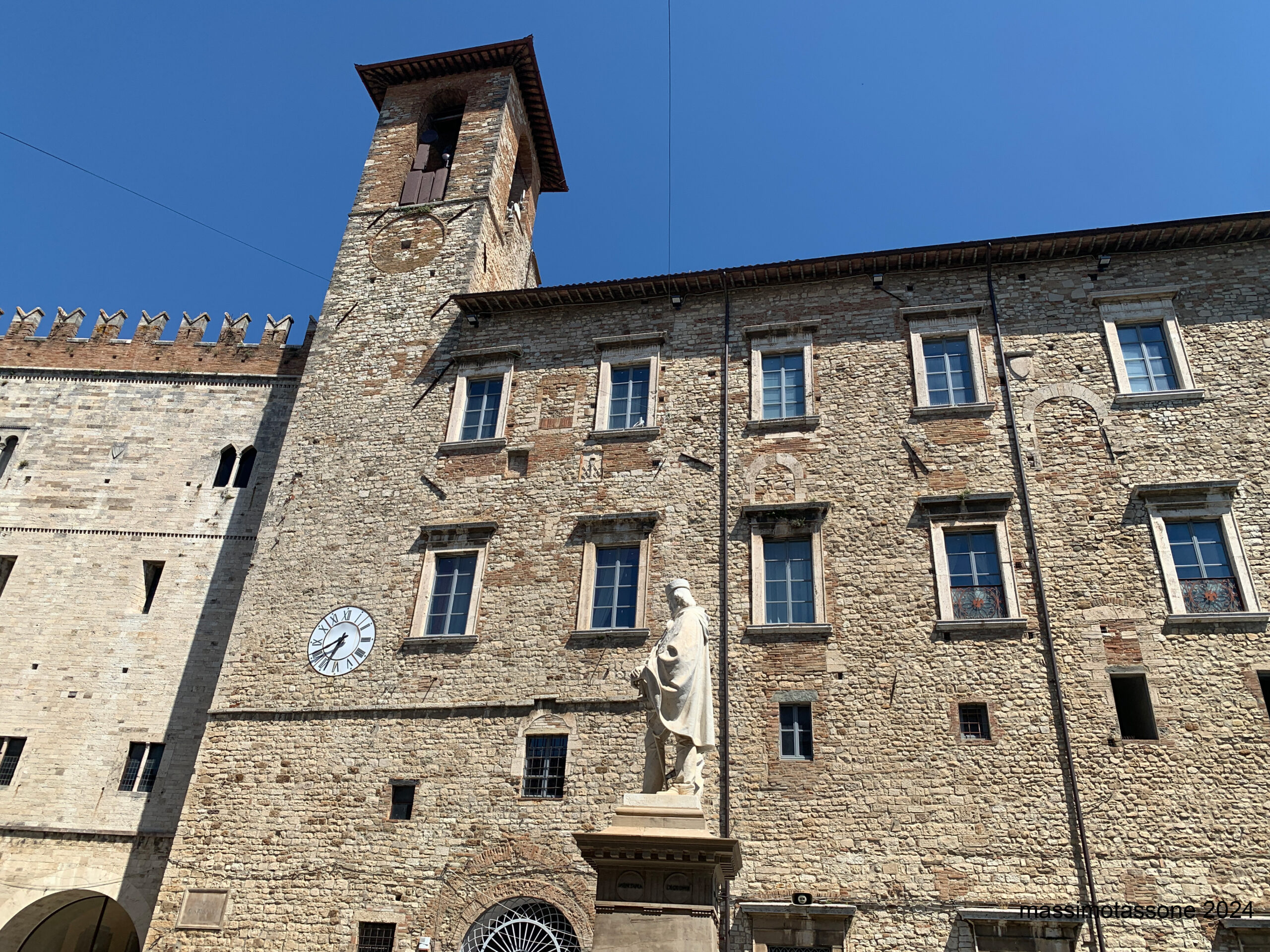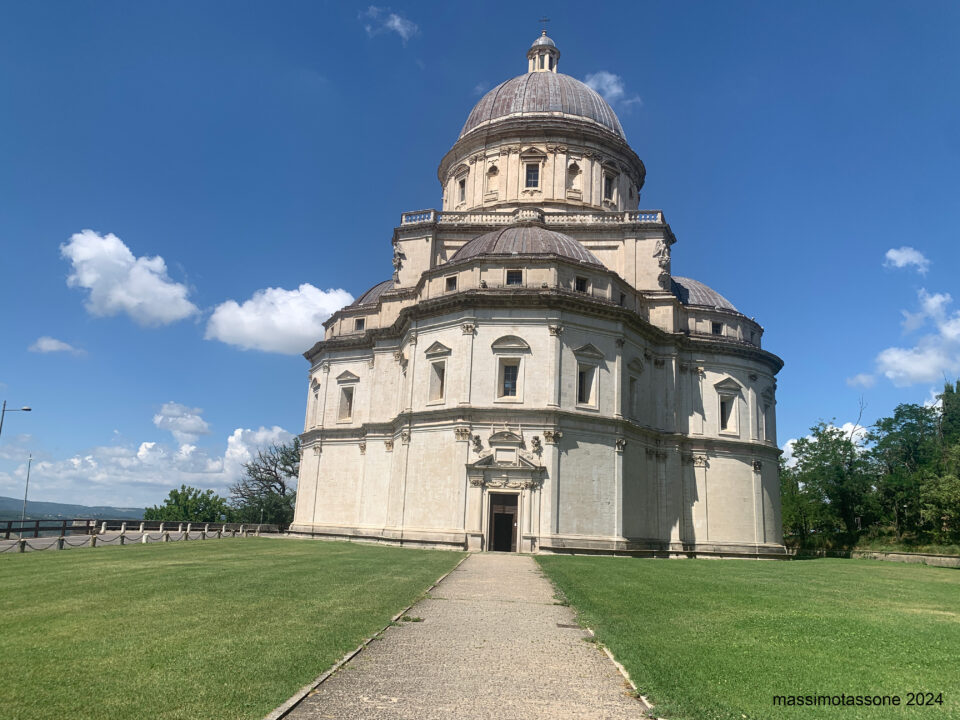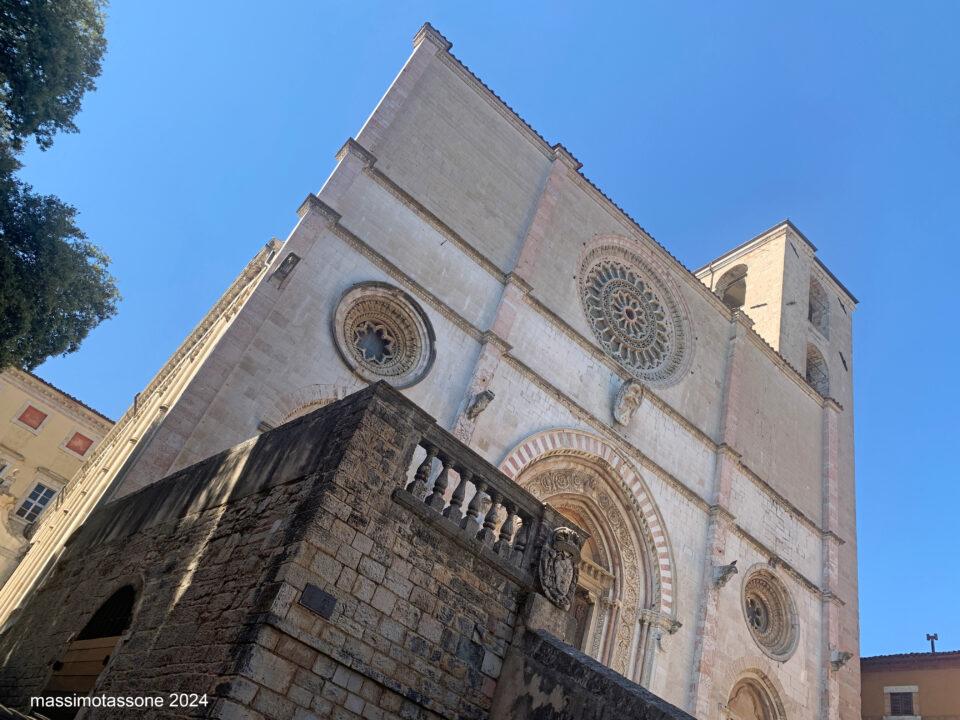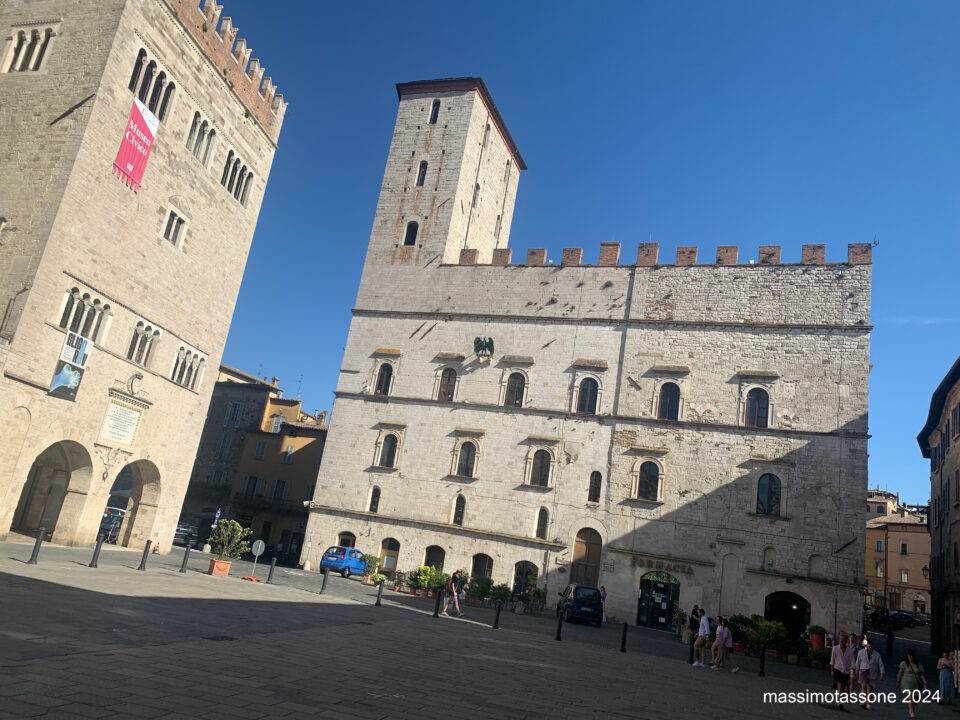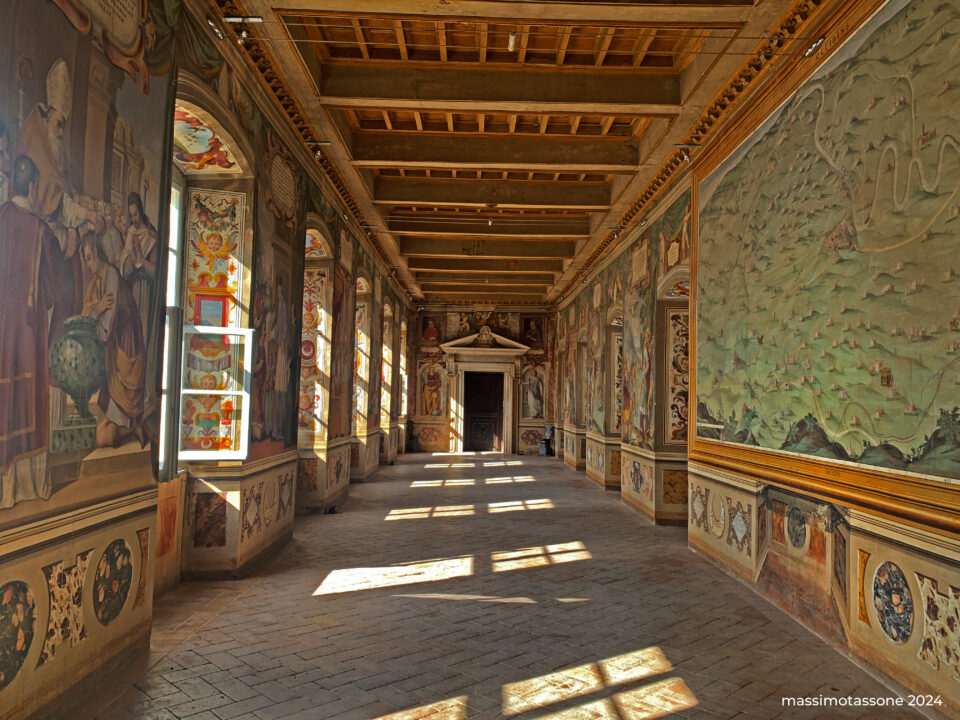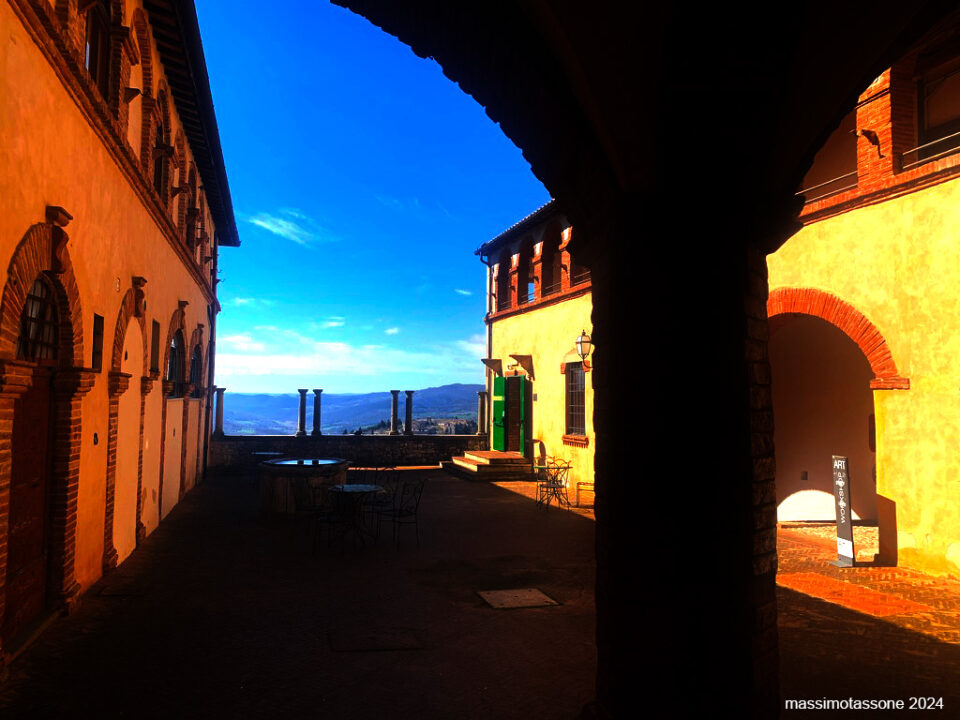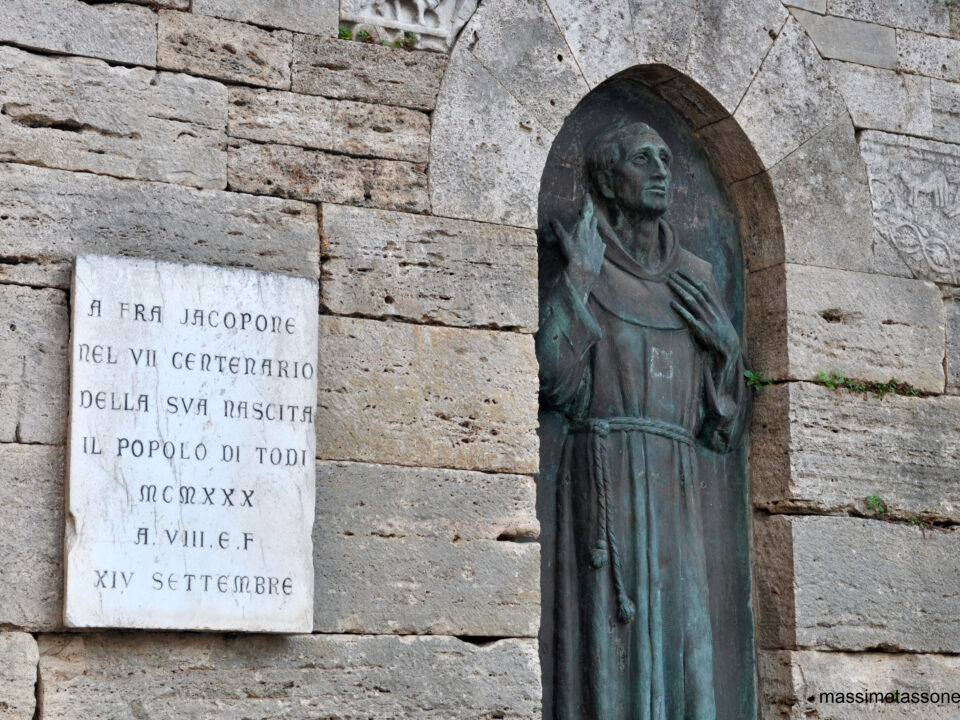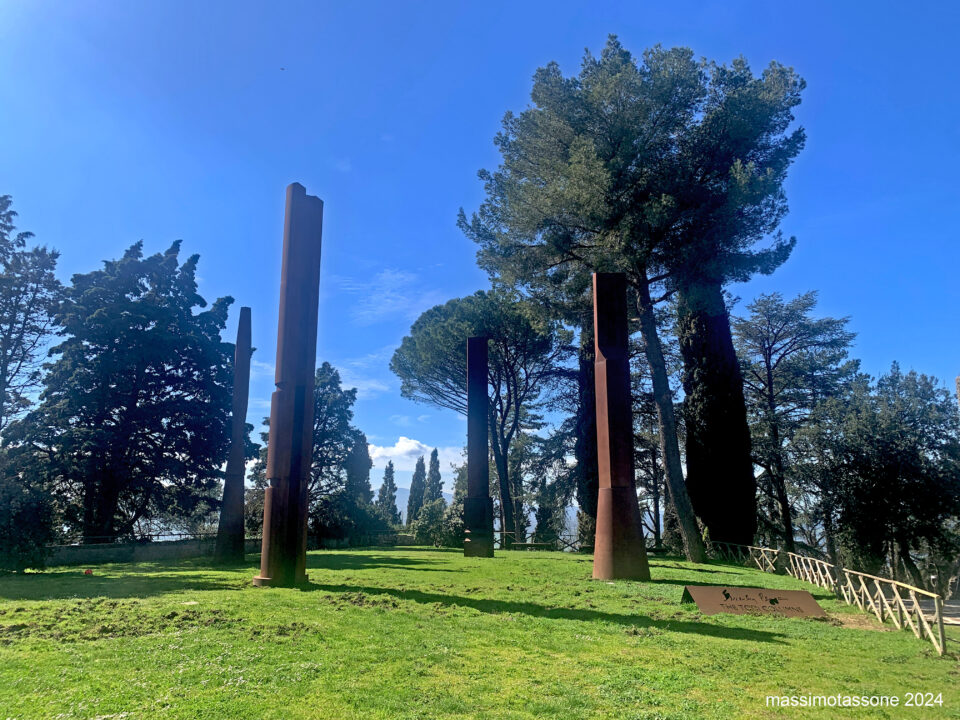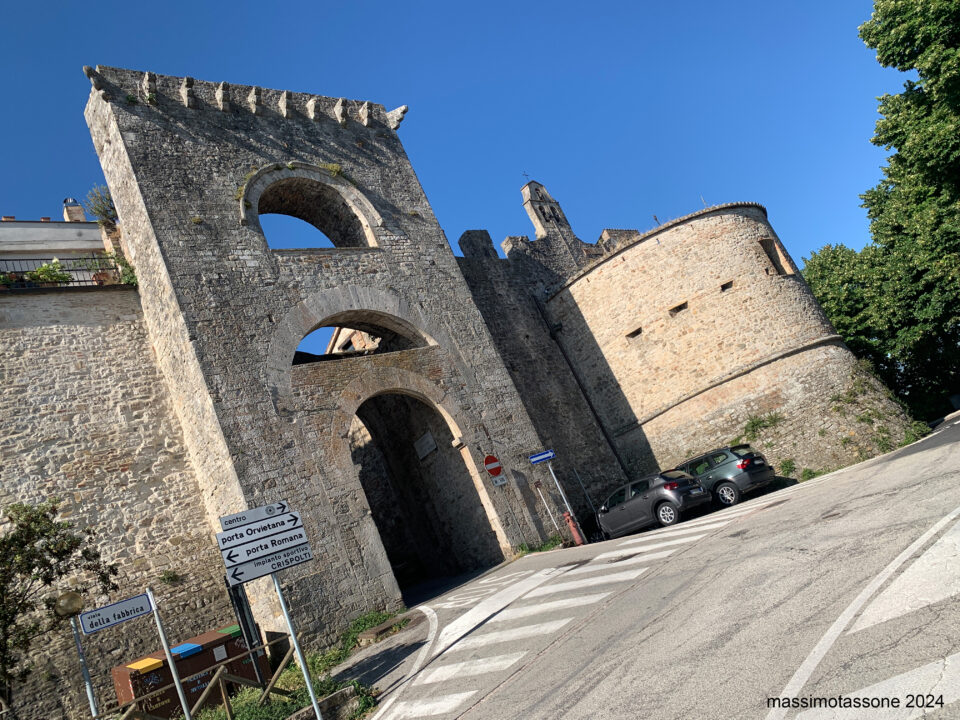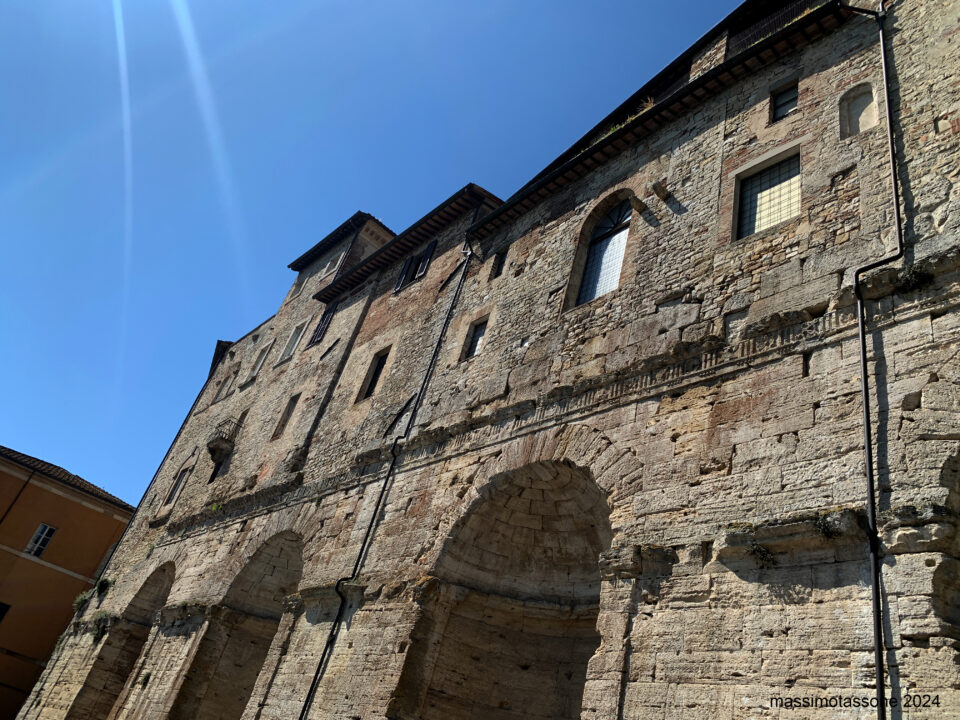Adjacent to Piazza del Popolo is the square that takes its name from the austere statue of the famous military leader. It was once called Piazza San Giovanni after the church dedicated to Saints John and Paul, which was demolished at the end of the 13th century by order of Pope Boniface VIII.
The initiative to erect a monument to the hero of the "Thousand" was promoted in Todi by the Society of Veterans, which, on July 10, 1880, appointed a committee, chaired by P. Leli, to oversee the work. The city of Jacopone also contributed to the vigorous "monumentomania" phenomenon, which, after the Unification of Italy, led to a massive proliferation of works in various forms (full figures, busts, plaques, etc.) in honor of the so-called "fathers of the nation," among whom Garibaldi certainly received the most recognition.
The project of the monument faced notable financial difficulties and political conflicts, which made the issue quite contentious. Among the most frequent criticisms were those from individuals who perceived the construction of the monument as a completely unnecessary expense for a country troubled by much more serious problems.
In 1885, the artistic competition saw the winning design of Perugian G. Frenguelli, depicting Garibaldi in a pose with a sword, in a reflective stance, "as though contemplating the future destiny of the nation." It was agreed that the statue's height should be 2.5 meters, with the sculptor using second-quality marble.
A. Lupattelli from Todi was commissioned to create the base, executed according to a design by Frenguelli, featuring the city's emblem and several significant names from the Garibaldian epic. Inside the base, the committee sealed a crystal bottle containing a summary of the event. The statue was inaugurated on August 24, 1890.
The iron balustrade that surrounds the square replaced the wall built in 1338 in 1931. The balustrade offers a wide and striking view of part of the city, extending to Monte Martano, which serves as a splendid backdrop. Behind the balustrade, the cypress tree, planted in 1849 by I. Petrini and F. Angelini in remembrance of Garibaldi's passage through the city, rises tall and proud.
On the left side of the square, adjacent to the Post Office, hides a true gem of Todi: a small, mystical 17th-century chapel that houses a beautiful statue of the Dead Christ sculpted in 1563, known as the Chapel of the Mount of Piety


